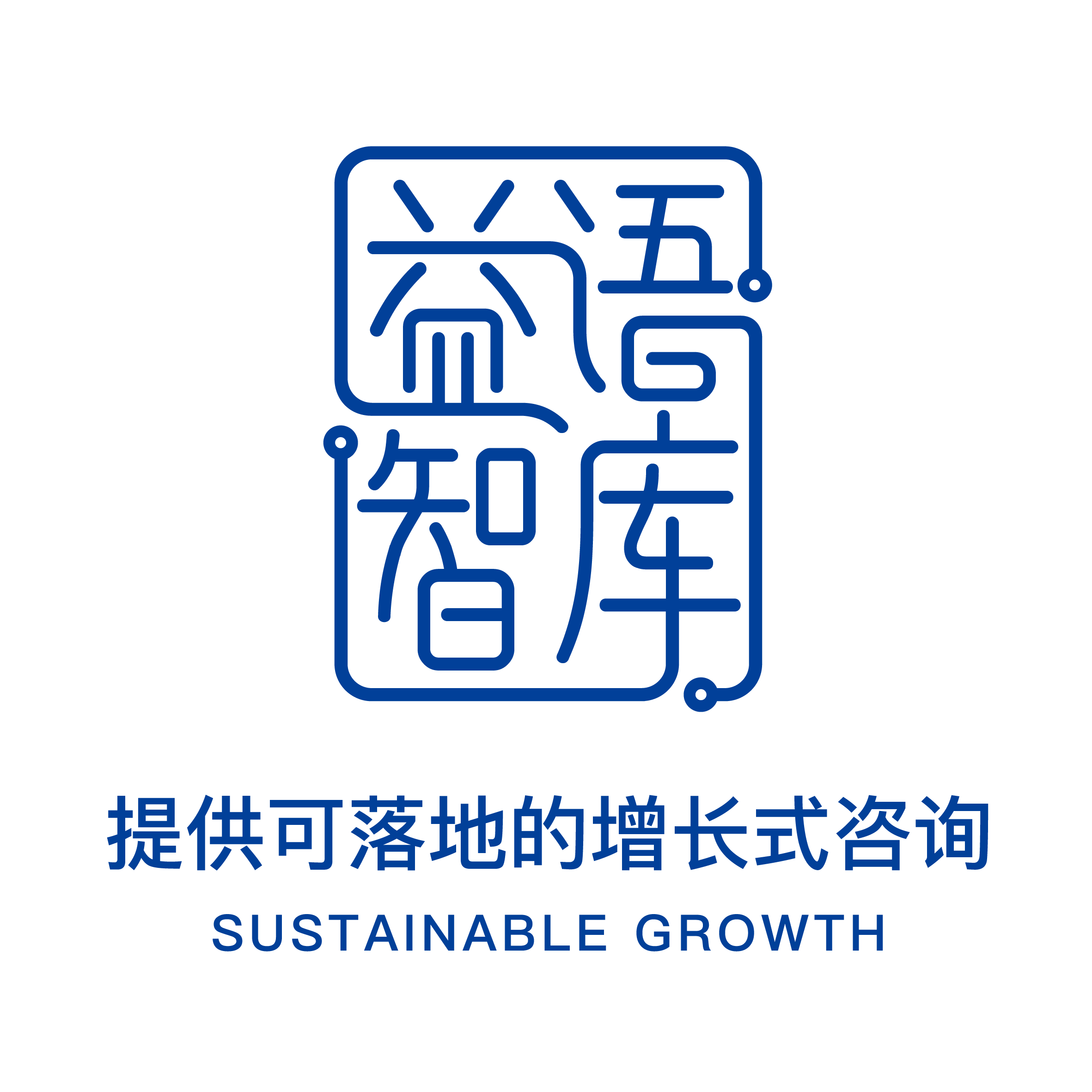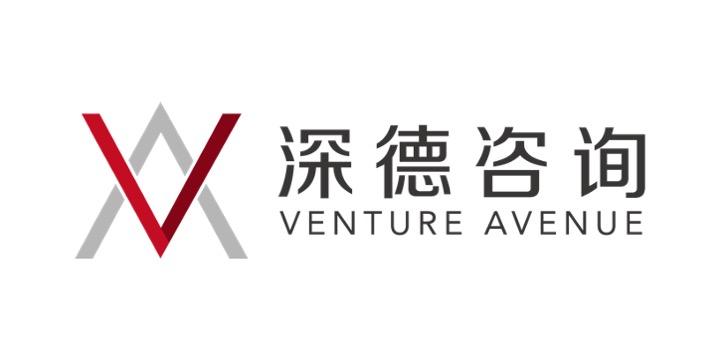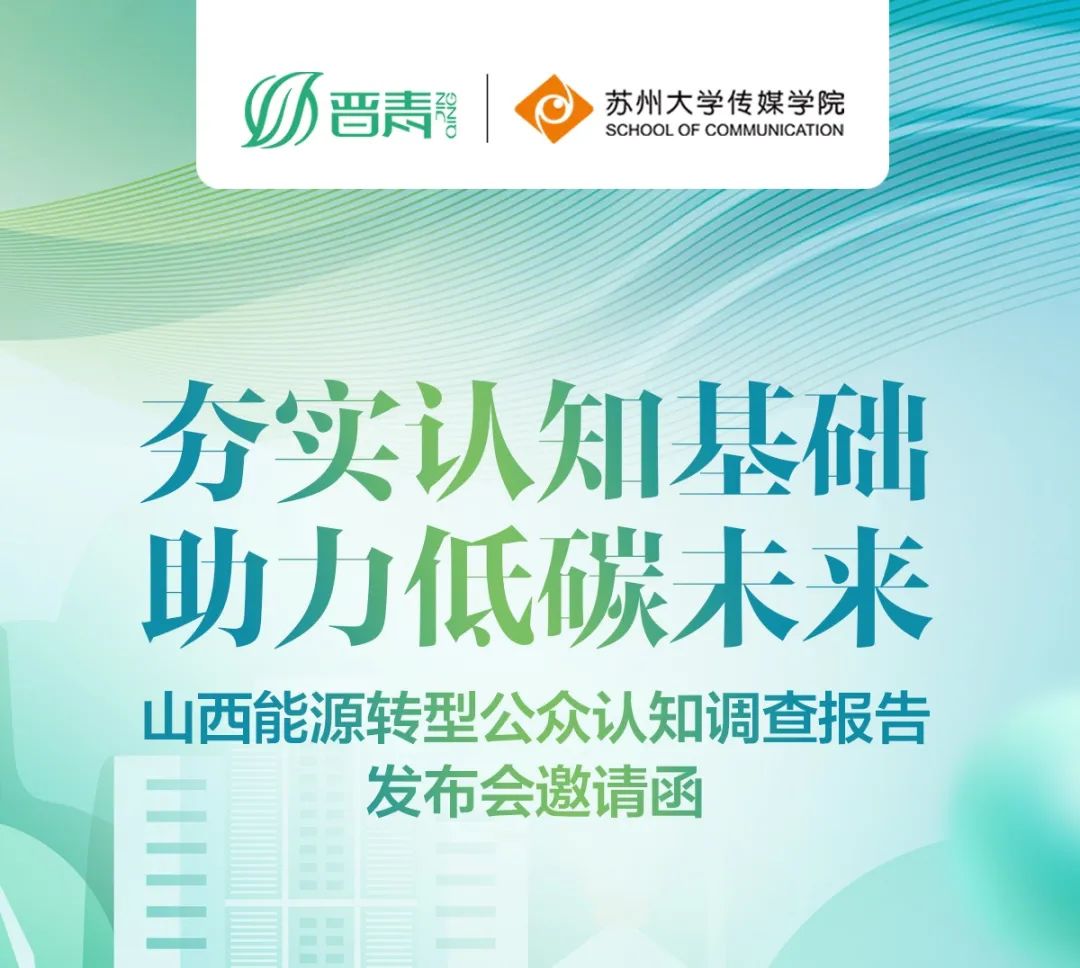 2024-04-22
2024-04-22
 501
501陕西青年经济赋权项目评估
工作任务书
Terms of Reference
Endline Evaluation of Shaanxi Migrant Youth Economic Empowerment Project
1. About Plan International
Plan International is an independent development and humanitarian organization that has been advancing the equal development of children and youth, especially girls and young women for over 80 years, and is now active in 78 countries and regions.
In 1995, Plan International started its operation in China, and in 2017, with the Shaanxi Public Security Department Overseas NGO Management Office as the registration administration organ and Shaanxi Women's Federation as the supervising unit, we registered as Plan International Inc. Shaanxi Representative Office. During our work in the past 29 years in China, through working with children, youth, our supporters and partners, we have driven changes for the life, learning, working and development of children and youth from rural and urban areas of China.
2. Project Background
Under the supervision and support from Shaanxi Women’s Federation, Plan International in China (PIC) has launched the Shaanxi Migrant Youth Economic Empowerment project through collaboration with Shaanxi Volunteer Association of Red Phoenix Project (SVARPP, a private non-enterprise institution registered in Civil Affairs Department of Shaanxi Province in December, 2007), aiming at promoting the economic empowerment for migrant young women in Shaanxi Province in a gender transformative approach.
The Shaanxi Migrant Youth Economic Empowerment Project has been implemented in six cities of Shaanxi province, including Xi’an, Xianyang, Yulin, Ankang, Weinan and Baoji, with a project period from July 1, 2021 to June 30, 2024. The overall objective of the project is that migrant youth in rural Shaanxi Province, especially young women aged 16-29, are able to engage in decent work of their choosing either through waged or self-employment. The overall objective directly contributes to the Sustainable Development Goal on poverty, quality education, gender equality, and decent work and economic growth. The specific objective is that 750 migrant youth from rural program areas in Shaanxi, especially young women aged 16-29, engage in decent work of their own choosing through working with vocational training institutions, women’s federation, civil society organisations and employers. The following key indicators were used to assess the project:
• # and % of young people who demonstrate vocational competencies at the end of the training;
• # and % of young people who report at the end of the training feeling confident about their next-generation skills (including life skills and work readiness, green citizenship and digital skills);
• # and % of young people trained within last 6 months have pursued wage employment or self-employment;
• Degree to which training courses are accessible to young people, especially young women;
• # and % of private sector companies which consider young people as employable, especially young women;
• # of employers that takes steps for more inclusive and gender responsive workplace.
Through a three-year comprehensive implementation, the project expected to achieve the following results:
· Result 1: 750 migrant youth, especially young women, build on and develop their vocational skills for wage or self-employment opportunities.
· Result 2: 750 migrant youth, especially young women, have built their resilience skills to adapt to the changing world of work and contribute to their societies.
· Result 3: 638 (85% of 750) migrant youth, especially young women, are able to transit to work smoothly through strengthened services within 6 months after their training.
· Result 4: Sustainable ecosystem is created for youth employment in a more gender-responsive and youth-friendly environment among migrant youth, vocational training institutes and employers.
3. Evaluation Focus
3.1 Purpose of the Evaluation
Based on the project monitoring and evaluation plan, an endline evaluation will be conducted by the end of the project, to assess the progress reached by the interventions during the project period, with specific reference to the goals mentioned above, and measure to what extent the designed indicators and intended outcomes have been achieved. Meanwhile, the endline result will also shed lights on the practices and interventions on supporting youth economic empowerment programming for wider reference.
Therefore, the specific evaluation objectives are:
1. Evaluating the project progress towards the overall objectives, key deliverables and outcomes presented in project proposal documents, including logical framework;
2. Highlighting the relevance, coherence, efficiency, effectiveness, impact and sustainability of the project on migrant youth, especially female youth, vocational training schools, employers and other core stakeholders;
3. Documenting lessons, good practices and achievements, and providing recommendations for future project design and implementation.
3.2 Evaluation Criteria
As per Plan International’s MERL Policy, the evaluation will also include assessments of:
· Effectiveness: the extent to which, and the reasons behind, the achievement (or not) of the project or programme’s objectives, and whether these are leading to unintended (positive or negative) consequences for anybody involved or affected by the interventions.
· Sustainability: the probability of continued long-term benefits to the target populations after the project or programme has been completed. This might include the resource and capacity of partners or beneficiaries to continue the intervention after phase out.
· Relevance: the extent to which the interventions and their approaches were suited to the priorities and policies of the people and communities they were intended to benefit.
· Efficiency: the extent to which financial resources were used economically and efficiently, potentially including cost-benefit ratios and alternative programming approaches.
· Child rights, gender and inclusion: the extent to which the project or programme applied gender and inclusion sensitive approaches and explicitly aimed for results that improve the rights of children and young people and gender equality.
· Impact: to establish causal attribution to any observed positive and negative, primary and secondary long-term effects observed.
3.3 Users of the Evaluation
The report submitted by the evaluation team will be shared with stakeholders of Shaanxi migrant Youth Economic Empowerment project, including National Office of Plan International, local government, CSO and technical partners, target vocational training schools, and Plan International China staff.
4. Methods for Data Collection and Analysis
Plan International in China (PIC) and its local partner Shaanxi Volunteer Association of Red Phoenix Project (SVARPP) will provide relevant materials, data and information of the project for the selected bidder after being contracted, including project proposal, logframe, monitoring and indicators framework, (annual) reports of different implementation stages. PIC will also facilitate communication with relevant parties to learn about their main findings and experience of being involved in the project, challenges faced and analysis of possible causes, among others.
Based on above information, the evaluation team is expected to complete an inception report, including detailed evaluation work plan, tools for data collection and analysis, report writing and other work related to the evaluation with the support of PIC and its local partner SVARPP. The evaluation team should also conduct the project evaluation based on the existing project design documents (logical framework, project proposal, progress reports) and project evaluation indicators recognized by all parties, summarize the experience and lessons of project implementation, and make suggestions for the improvement of future similar projects.
4.1 Data collection methods
The evaluation methods to be adopted in the endline evaluation will include but not limited to:
1) Desk review: on the relevant project materials, including project proposal, progress reports, project monitoring records, activity records and etc.
2) Quantitative method: follow-up contacts (through phones calls or internet) with young people who has participated in the project.
3) Qualitative method: individual interviews and focal group discussions with project stakeholders, including representatives of young people participating in the project, teachers and administrators of vocational training schools, employer representatives, project implementation representatives from PIC and SVARPP.
4.2 Sampling methods
Based on the initial plan of the endline evaluation, the quantitative data collection is expected to take a sampling method, which is to invite 225, 30% of all trained 750 migrant young people, reached in the project to participate in the project follow-up contacts. Though the actual number of respondents will depend on the actual reached youth responded during the youth follow-up process. The sampled young people will be selected randomly, only the proportion male-female should be nearly the same as in the beneficiaries’ population (95% female representation). For the qualitative data collection, representatives of young people, teachers and employers will be selected respectively in three project implementation sites. The specific selection criteria for participants to invite will be further discussed and confirmed once starting the evaluation process. In addition, the evaluator(s) could also identify and suggest additional stakeholders that they feel are important to involve to ensure they can conduct the evaluation process according to the need of PIC.
4.3 Data analysis methods
The quantitative research will be conducted mainly through the follow-up contacts with sampled youth. The SPSS will be used for analysis and statistics. Taking the project effect as the dependent variable and the project activities as the independent variable, the statistical methods such as Chi-square analysis, analysis of variance, and regression analysis will be used to discover the influencing factors of different project activities on the project effect. The analysis of qualitative data will mainly use keyword extraction analysis and semantic analysis methods to discover the logical chain behind the effect of project activities through semantic representation. Then the relationship between project effects and project activities will be found through the comparative analysis of qualitative and quantitative data and the reasoning of data from multiple sources. Meanwhile, the evaluator(s) needs to ensure the triangular analysis of various data sources to maximize the validity and reliability of data. Also, all evaluation outputs and methods shall include gender perspective.
5. Ethics, Child Protection, Gender and Inclusion
Plan International is committed to ensuring that the rights of those participating in data collection or analysis are respected and protected, in accordance with the Ethical MERL Framework and our Child and Youth Safeguarding Policy. In line with Plan International’s values and organisational ambition, all evaluations should seek to prioritise a focus on child rights, gender and inclusion and trying to understand the extent to which the project or programme applied gender and inclusion sensitive approaches and explicitly aimed for results that improve the rights of children and young people and gender equality.
All applicants have to include details in their proposal on how they will ensure ethics and child protection in the data collection process. Specifically, the consultant(s) shall explain how appropriate, safe, non-discriminatory participation of all stakeholders will be ensured and how special attention will be paid to the needs of migrant groups. The consultant(s) shall also explain how confidentiality and anonymity of participants will be guaranteed. All other evaluation questions prioritised should also seek to mainstream child rights, gender and inclusion considerations as a part of their enquiry. Evaluation teams/experts will be able to start work only after signing the project confidentiality agreement, and the Policy for the Protection of Children and Adolescents with us.
6. Key Deliverables
Deliverable | Format | Due |
Inception Report | Chinese and English | May 6, 2024 |
Draft Evaluation Report | Chinese | June 3, 2024 |
Final Evaluation Report (including Executive Summary) | Chinese and English (between 30-70 pages without Annex) | June 14, 2024 |
Final Data Collection Tools | Chinese and English | June 14, 2024 |
Cleaned Data (including transcripts) | Chinese | June 14, 2024 |
Completed Consent Forms | Chinese | June 14, 2024 |
Other Communication Products for Dissemination | Chinese | June 14, 2024 |
Please note that the Evaluation report belongs to Plan International. It cannot be issued without prior authorization.
We encourage the evaluation team to use the results of the study for example in various forms of publicity, including conference publication, Journal submissions. However, the evaluation team needs to consult with Plan International in China in advance, and must emphasize the original data, the analysis and report belong to Plan International in China. If the report and its data are used externally, permission must be obtained from Plan International in China.
7. Timeline
Stage | Activity | Deadline |
Preparation | Tendering | April 10, 2024 |
Background Checks and Contracting | April 24, 2024 | |
Inception Calls and Communications | April 29, 2022 | |
Submission of Inception Report (finalised version) | May 6, 2024 | |
Evaluation implementation | Existing documents and data sorting | May 13, 2024 |
Field data collection | May 24, 2024 | |
Data Collection, Entry and Analysis | May 30, 2024 | |
Report writing | Evaluation report writing (draft) | June 3, 2024 |
Evaluation report (draft) discussion and feedback | June 10, 2024 | |
Evaluation report (Chinese) finalization | June 14, 2024 | |
Evaluation report (English) translation and finalization | June 14, 2024 |
8. Budget
The budget needs to cover evaluation fees, per diem, travel costs, workshops costs, materials costs and related taxes. The evaluation team should ensure that it can work independently and have all tools needed to conduct a qualified evaluation. This assignment will be paid in 3 instalments, which shall be executed in accordance with the following delivery method:
Milestone | Detail | Amount to be Paid (%) * | Expected Timeframe |
Contract | The evaluation contract signed | 20% | April 24, 2024 |
Evaluation report writing (draft) | Evaluation report writing (draft) completed and submitted to Plan for feedback | 20% | June 3, 2024 |
Final evaluation report in both Chinese and English | Approval of the final Chinese and English evaluation report and all other relevant deliverables | 60% | June 15, 2024 |
*Disbursements will take place after presentation of invoices incl. VAT
9. Expected Qualifications
Independent expert (individual), legal persons and other social organizations established by law in the People's Republic of China may participate in bidding. Chief researchers will have the following core competencies:
- Postgraduate degree or above;
- Knowledge background in sociology, anthropology, pedagogy, development and other disciplines;
- Experience in gender analysis. Having applied knowledge and experience with gender transformative approaches in education projects is preferable;
- Minimum 5 years of experience in conducting project evaluations;
- Expertise in survey design, questionnaire development, sampling, survey implementation, data management, coding and analysis, preferably for non-profit organizations and proven experience in mixed methods (qualitative and quantitative methods);
- Holding with Foreign-related Investigation Permit/Certificate;
- Good English and Chinese report writing skills;
- Familiar with rural school education and children, gender equality;
- Experience in cooperation with international organizations;
- Commitment with ethical and child protection statements, as well as Plan policy.
A bidding assessment committee consists of Plan staff from project implementing team, MERL team, admin and finance team will assess the proposals submitted. The assessment criteria include the qualification of the evaluation team, the budget and the quality of the proposed evaluation methodology.
10. Applications & Contact
Interested applicants should provide bidding documents covering the following aspects:
- Technical and financial proposal responding to the ToR including proposed approach, activities and methodology, project team, budget outlining all major phase of the evaluation work and detailed breakdowns of costs; and timeline. If applicable, applicants can include comments of the ToRs.
- CVs of lead researcher and key members of the team;
- References to similar projects and if possible, two comparable evaluation reports or samples of previous work;
- Competence and advantages for this task, brief introduction of evaluation project design scheme presided over by bidders in recent two years,
- Organization bidders should send copies of certificates of independent corporate bodies with official seals; individual bidders should submit resumes and identity documents;
- Ethics and child safeguarding approaches, including any identified risks and associated mitigation strategies;
- Other supplementary documents considered necessary by bidders.
Please send electronic documents to 2365287849@qq.com. At the same time, paper documents should be sent to Ms Li Jing, phone number of 13096979439 with the address of 7/F,No.8,East of Zhang Ba Road, Yanta District, Xi'an City, Shaanxi Province by April 24, 2024.
 表情
表情
 最热
最热



























